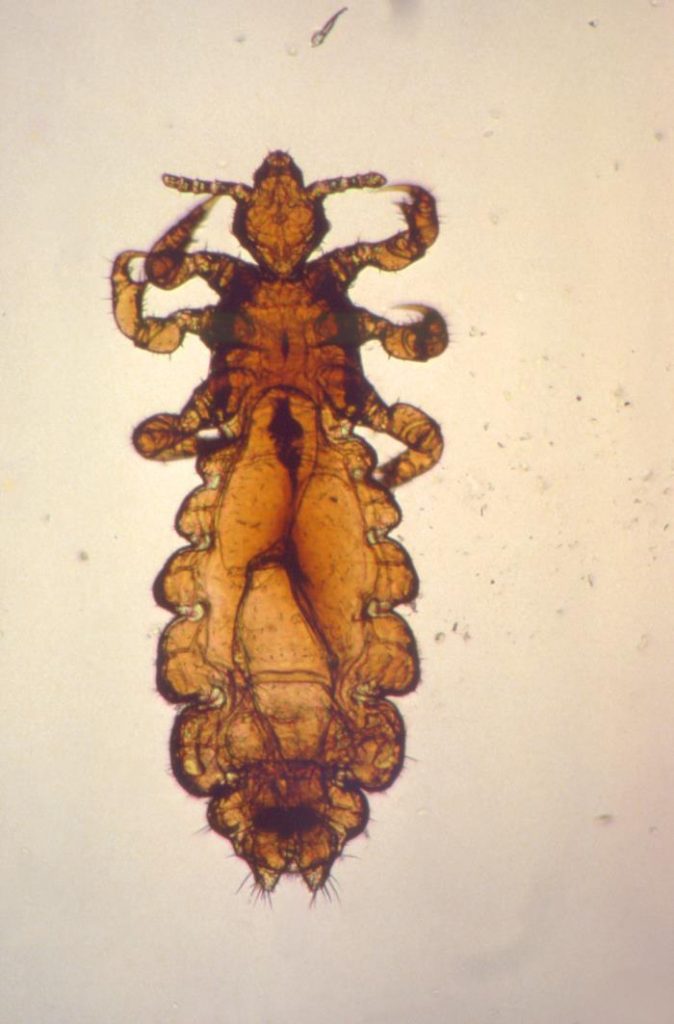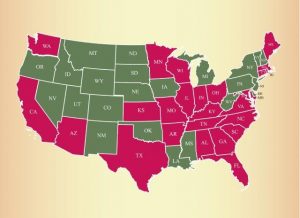With school starting, or already started in many areas of the country, a Southern Illinois University researcher in a presentation at the 250th National Meeting & Exposition of the American Chemical Society (ACS) report that lice populations in at least 25 states have developed resistance to over-the-counter treatments still widely recommended by doctors and schools.

“We are the first group to collect lice samples from a large number of populations across the U.S.,” says Kyong Yoon, Ph.D. “What we found was that 104 out of the 109 lice populations we tested had high levels of gene mutations, which have been linked to resistance to pyrethroids.”
Pyrethroids are a family of insecticides used widely indoors and outdoors to control mosquitoes and other insects. It includes permethrin, the active ingredient in some of the most common lice treatments sold at drug stores.
In the most recent study, he cast the widest net yet, gathering lice from 30 states with the help of a broad network of public health workers. Population samples with all three genetic mutations associated with kdr (a trio of genetic mutations which stands for “knock-down resistance”) came from 25 states, including California, Texas, Florida and Maine. Having all the mutations means these populations are the most resistant to pyrethroids.
Samples from four states — New York, New Jersey, New Mexico and Oregon — had one, two or three mutations. The only state with a population of lice still largely susceptible to the insecticide was Michigan. Why lice haven’t developed resistance there is still under investigation, Yoon says.

Credit: Kyong Yoon, Ph.D.
Fortunately, Yoon says that lice can still be controlled by using different chemicals, some of which are available only by prescription.
Head lice, or Pediculus humanus capitis,are ectoparasites that infests the head, eyebrows, and eyelashes of people. Though head lice feed on human blood, they are not considered vectors of disease.
According to the Centers for Disease Control and Prevention (CDC), an estimated 6 million to 12 million infestations occur each year in the United States among children 3 to 11 years of age.
Because the head lice cannot jump or fly, direct contact with an infested person is required to get it. Contact with infested personal items and clothingis also a vehicle for transmission. A lack of personal hygiene has nothing to do with getting head lice.


Blow Dryer = kills eggs/live lice
Spent hundreds on shampoos = have 5 daughters with long hair
no success until we tried direct heat from blow dryer
WORKED IMMEDIATLY